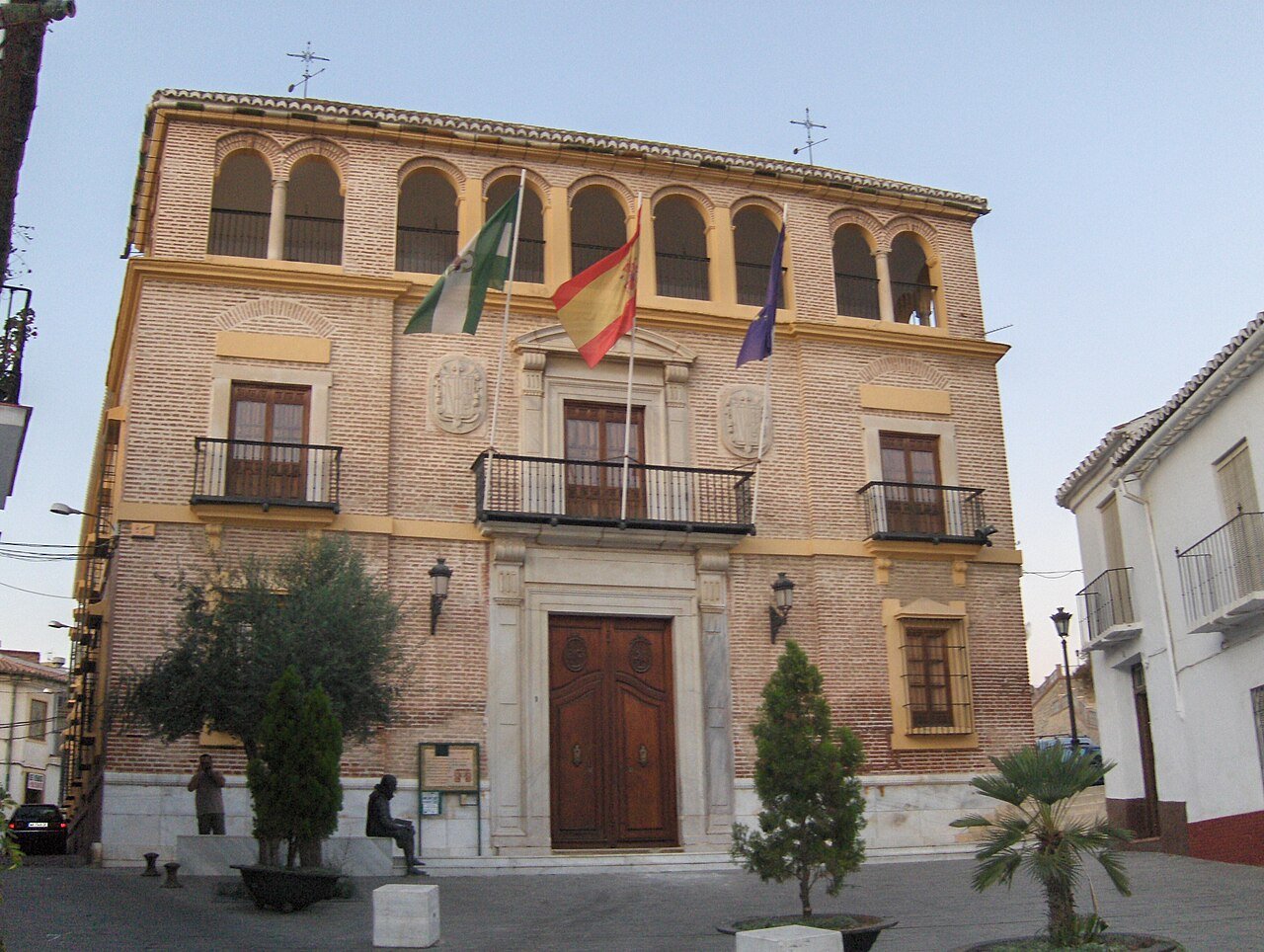The palaces history dates back to a family tragedy in 1536, when Antonio de Molina, after killing Alonso Carrillo de Albornoz in a duel in San Sebastián, took refuge in Vélez-Málaga. Here, Antonio married María de Medrano, daughter of a local warden. Antonio and his son Juan became key figures in the citys defense during the Morisco Rebellion. However, it was Alonso de Molina de Medrano, Antonios other son, who left the deepest mark on the palaces history. An inquisitor, royal advisor, and ambassador, Alonso decided to build a palace that would reflect his status and serve as a family residence.
Construction of the palace began in January 1610 under Alonsos direction and was largely completed by July 1612. Its final cost amounted to 3,275 ducats. After Alonsos death in 1616, his legacy passed to his nephews, the Marquises of Beniel. His remains rest in the main chapel of the Royal Convent of Santiago in Vélez-Málaga, thus perpetuating his connection with the city.
The Palace of the Marquis of Beniel became municipal property in 1861, when the Dowager Marchioness of Beniel y Peñacerrada sold it to the Vélez-Málaga City Council. Since then, the palace has housed a variety of functions, from a grain market and institute to a courthouse, post office, and infantry battalion. In 1988, after an extensive restoration, the palace was transformed into the headquarters of the María Zambrano Foundation, where the thinkers valuable collections and library are preserved.
In front of the palace, the noble coat of arms flank the main entrance, announcing the grandeur that awaits within. The Mannerist façade, clearly influenced by Sebastián de Serlio, shines with its proto-Baroque character. Upon entering, a Renaissance-style imperial staircase invites you to ascend to the upper floors, while in the courtyard, single-piece stone columns support semicircular arches that evoke a blend of Classical and Mudejar styles.
The palaces interior is a treasure trove of history and art. The permanent exhibition hall houses historical documents, photographs, and testimonies from Vélez-Málagas past. The room dedicated to the poet and painter Joaquín Lobato displays scholarly works on this illustrious Vélez native, who also donated his estate to the city council. In the central courtyard, archaeological remains found at local sites offer a glimpse into the regions distant past.
Today, the palace is a vibrant cultural center hosting civil weddings, exhibitions, and cultural events. It also functions as a polling station and is connected to the Center for Exile Studies, which has an assembly hall with a capacity for 250 people. In this building, Vélez-Málagas past and present intertwine, creating a space where history comes alive and culture flourishes.




















